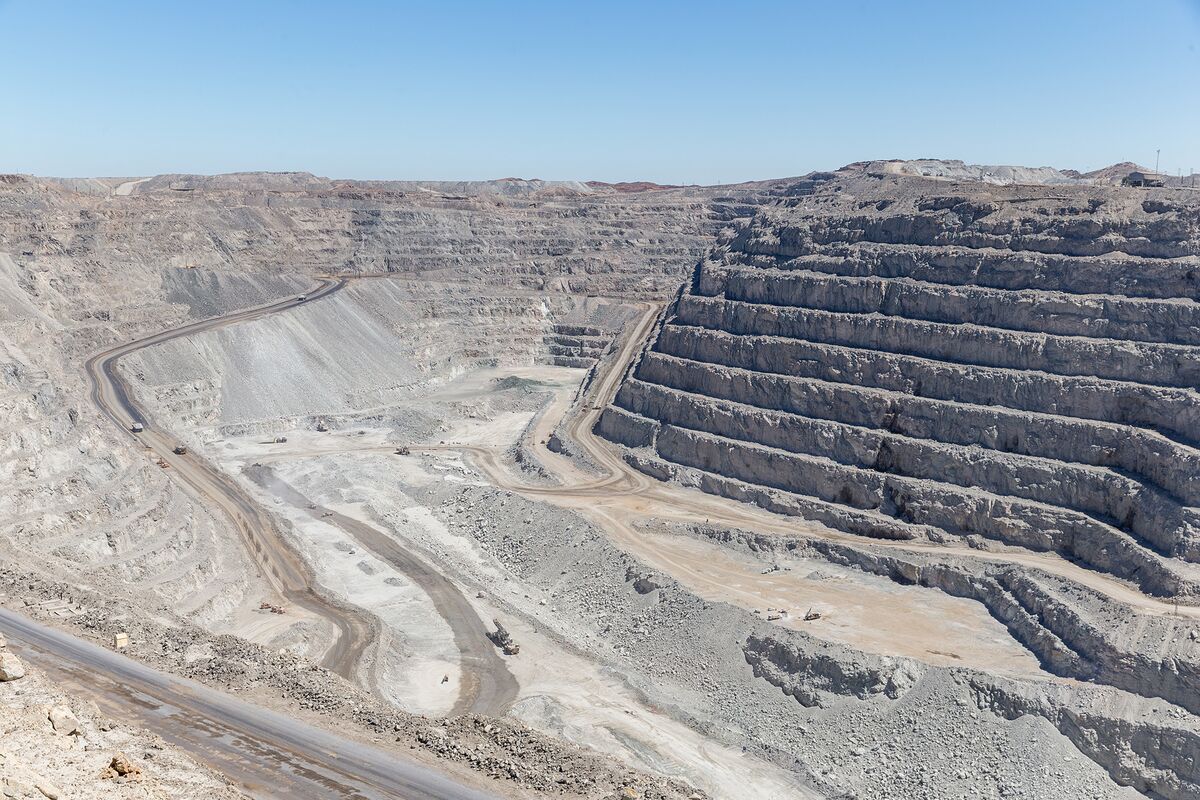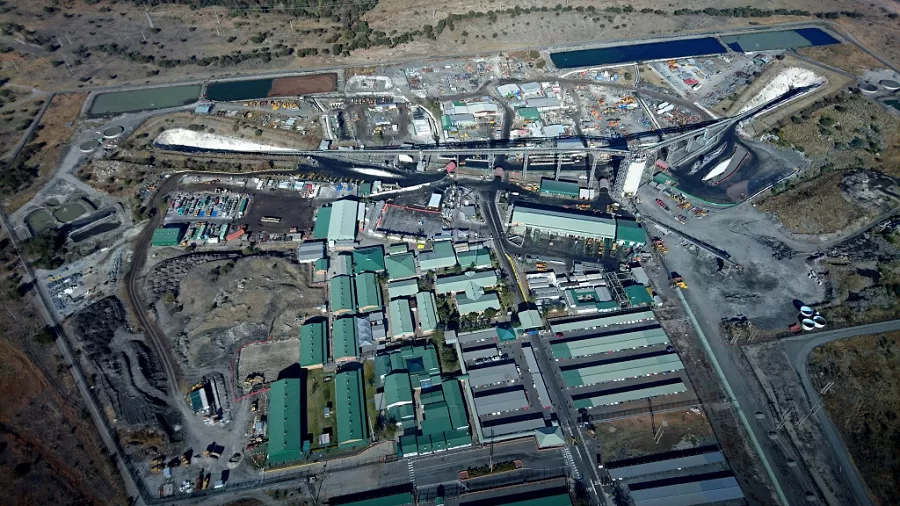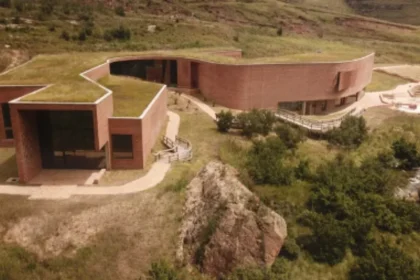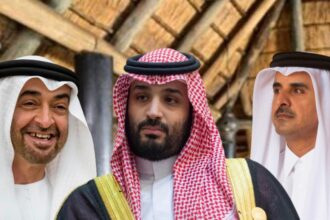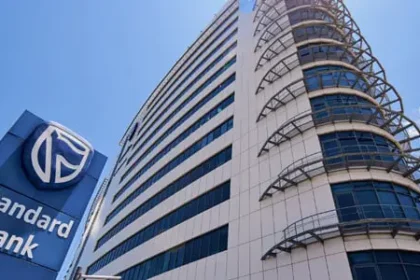At a Glance
- Africa holds about 30% of global rare earth reserves vital for electrification.
- Regional projects from South Africa to Malawi target neodymium and praseodymium supply growth.
- AfCFTA aims to boost in-continent processing and reduce reliance on raw mineral exports.
As demand for clean energy technologies accelerates, Africa’s rare earth sites are gaining global attention.
The continent hosts about 30 percent of the world’s rare earth reserves, critical minerals used in electric vehicles, wind turbines, and defense systems.
From South Africa’s Steenkampskraal to Malawi’s Kangankunde, these deposits position Africa as a key player in the global supply chain.
Infrastructure remains a constraint, and environmental standards will define credibility in global markets. But with the African Continental Free Trade Area (AfCFTA) reducing internal barriers, regional processing hubs are now feasible.
If execution matches ambition, Africa could transition from supplier of raw minerals to indispensable partner in the world’s clean-technology future, commanding leverage in a sector central to 21st-century industrial power.
Long overshadowed by Chinese dominance in production and processing, Africa is now positioning itself to become the next major player in the global REE supply chain.
From South Africa to Malawi and Tanzania, new projects are coming online, exploration is accelerating, and governments are beginning to shape policy aimed at value retention rather than raw export.
Shore Africa highlights 20 strategic rare earth projects driving the continent’s mining and industrial transformation.
South Africa
1. Steenkampskraal Mine — One of the world’s highest-grade rare earth deposits, located in the Western Cape, boasting over 14.5 percent total rare earth oxides (TREO) and 17.99 percent neodymium content. Formerly a thorium mine, now core to South Africa’s critical-minerals strategy.

2. Zandkopsdrift — A major Northern Cape deposit with high monazite concentration; historically targeted for neodymium and praseodymium supply.

3. Phalaborwa Project — A rare-earth recovery project in Limpopo extracting REEs from phosphate tailings, showcasing Africa’s move into circular mining.
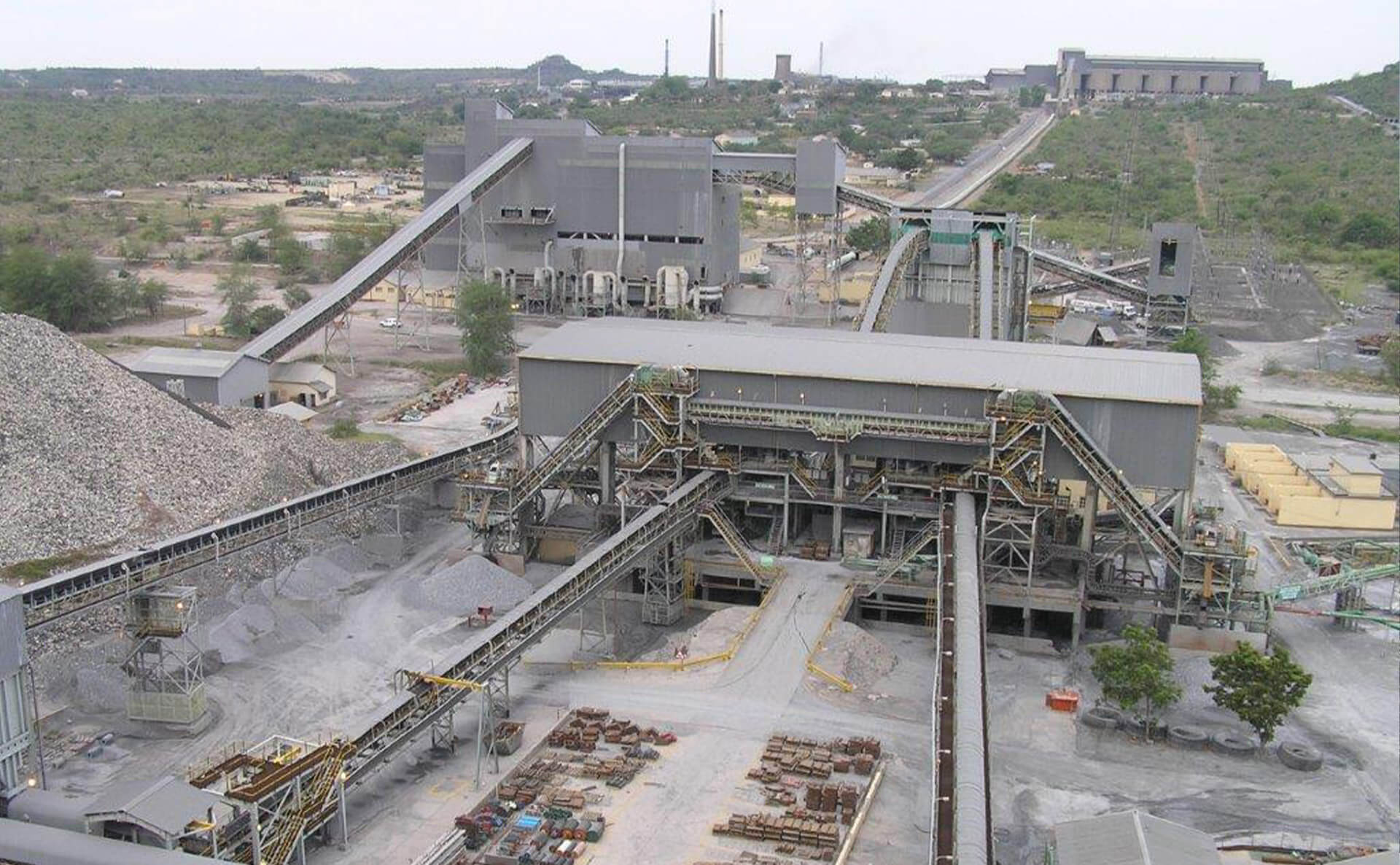
Tanzania
4. Wigu Hill — High-grade bastnaesite deposit with REO content ranging 60–70 percent, one of East Africa’s most advanced light-rare-earth projects. In March, 2025, Tanzania completed $27 million settlement with Montero over the expropriation of the Wigu Hill rare earth project.
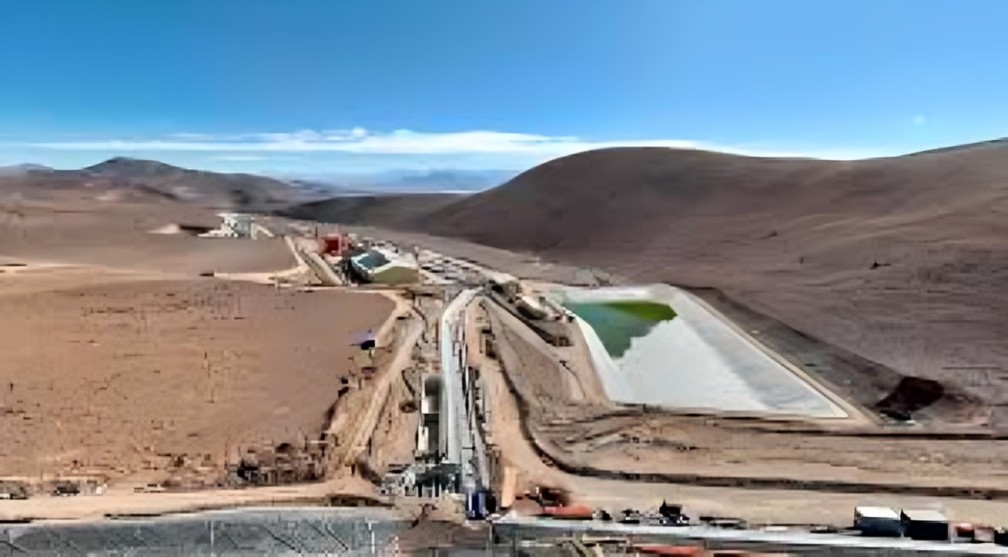
5. Ngualla Project — Large carbonatite deposit targeting neodymium-praseodymium (NdPr) — critical for electric motors; backed by international strategic investors.

Malawi
6. Kangankunde — Carbonatite complex considered one of Africa’s most significant rare-earth systems, rich in monazite and bastnaesite.
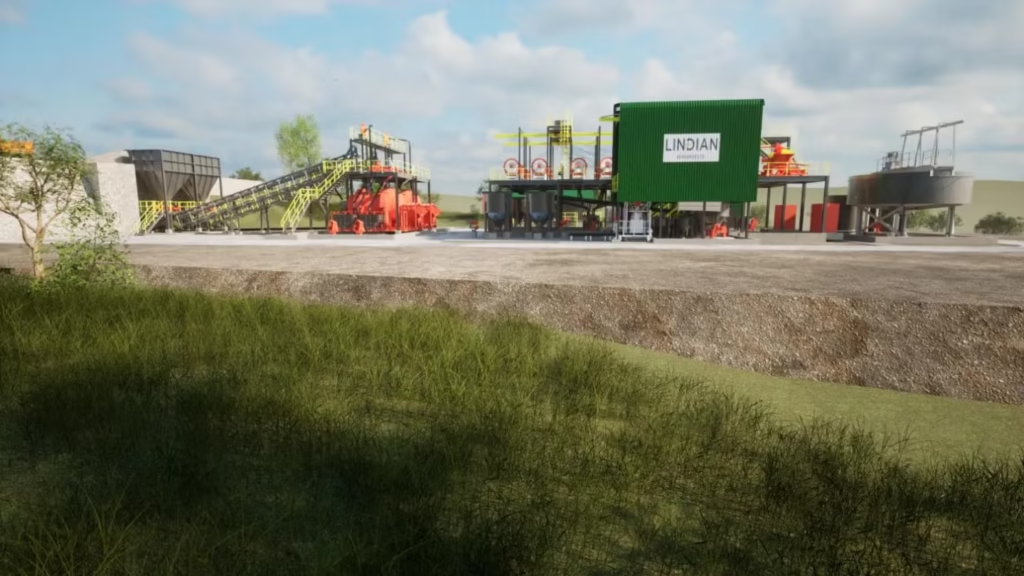
7. Songwe Hill — Neodymium-praseodymium focused resource with development supported by multilateral financing.
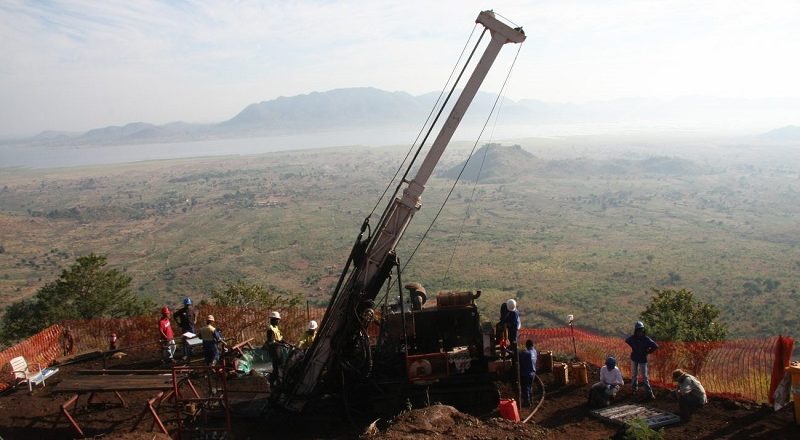
8. Chilwa Island (Cape Maclear) — Lake Malawi region discovery showing elevated REE signatures in alkaline rocks.
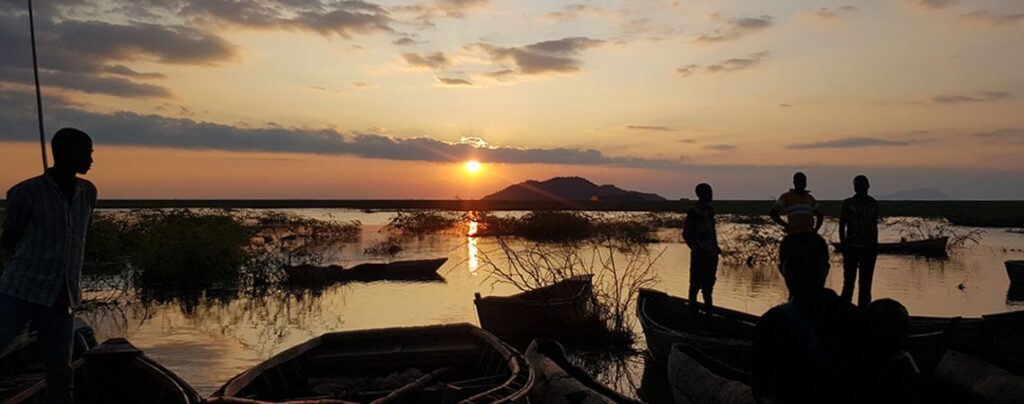
Zambia
9. Nkombwa Hill — Mixed rare-earth and niobium deposit containing bastnaesite, monazite, and pyrochlore; strategically located near key southern African trade corridors.
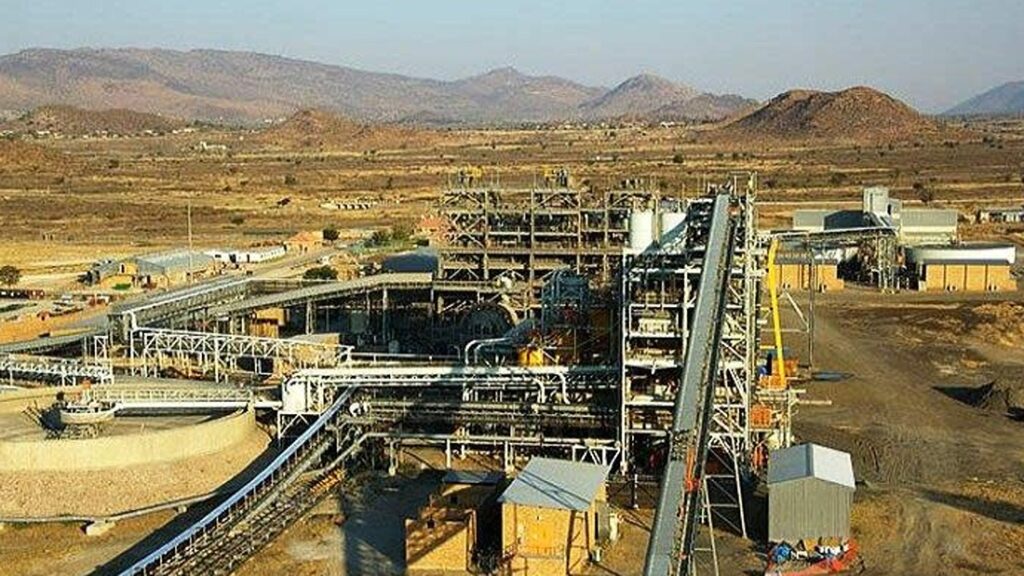
Uganda
10. Makuutu Rare Earths Project — Ion-adsorption clay deposit comparable to Chinese heavy-rare-earth clays, offering significant dysprosium and terbium potential.
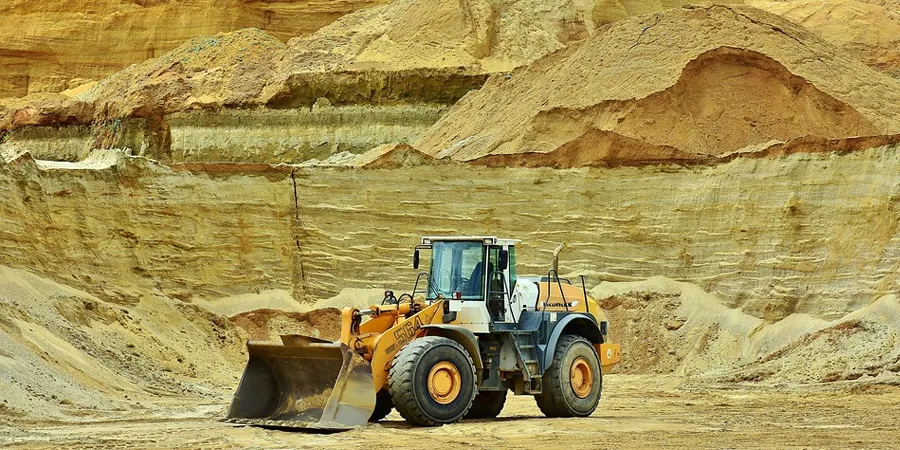
Angola
11. Longonjo (Lobito Corridor) — Light rare earths deposit tied into Angola’s rail corridor opening access to global export routes.

Democratic Republic of Congo
12. Kipushi Rare Earth Anomaly — REE-bearing zones associated with one of the world’s most mineral-rich mining belts; early exploration.
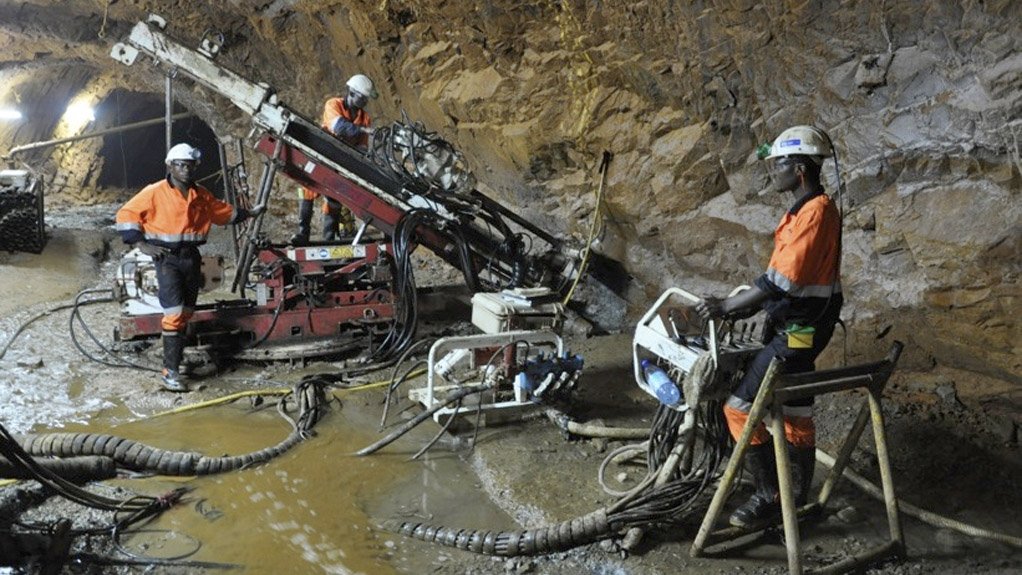
Egypt
13. Abu Tartur Phosphate Mine — Produces rare earth by-product streams from phosphate rock, positioning Egypt for emerging REE recovery technologies. Early 2020, the National Bank of Egypt (NBE) and the Arab African International Bank (AAIB) considered a $750m loan arrangement for Al Wady for Phosphate Industries and Fertilizers to build a phosphoric acid manufacturing project in Abu Tartur. The expected total cost of the project was $1.2billion.
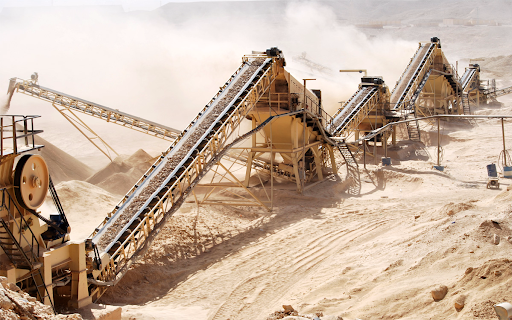
Gabon
14. Okondja REE Belt — Greenfield rare-earth zone under active geological mapping tied to Gabon’s mineral diversification program.
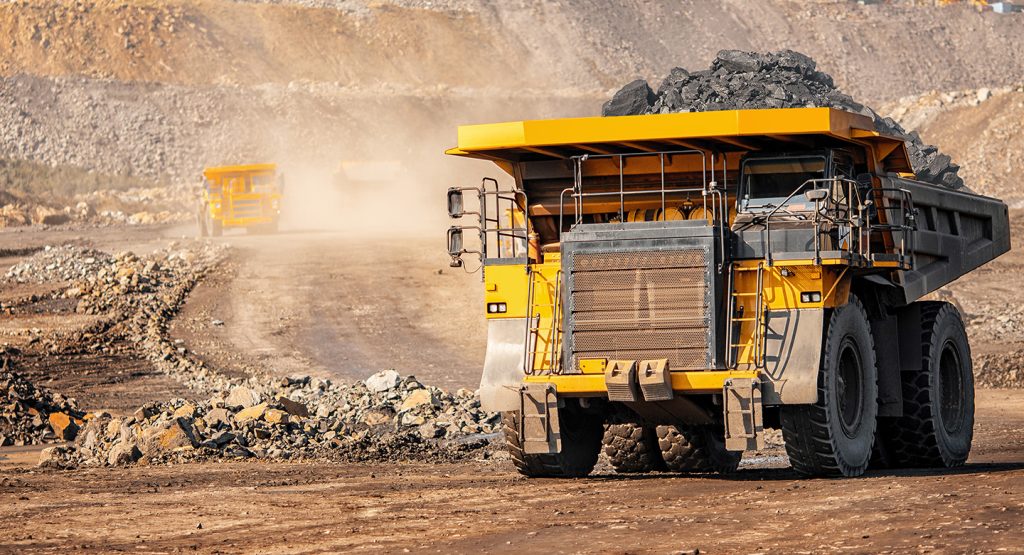
Kenya
15. Mrima Hill — Carbonatite-hosted rare-earth deposit with measurable niobium and thorium content; subject of past international development interest.
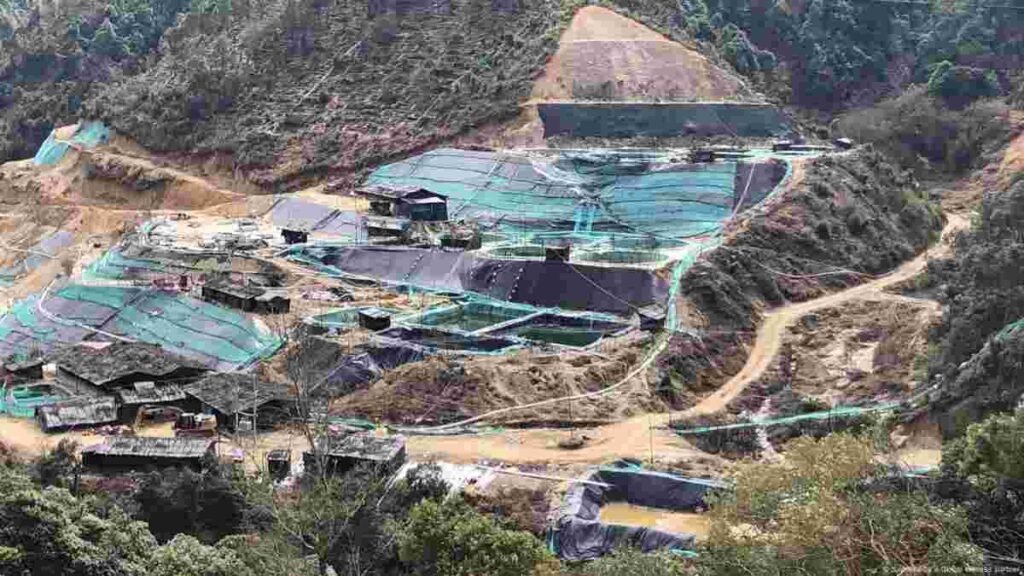
Madagascar
16. Ampasindava — Ion-adsorption clay-style rare earths similar to Makuutu and southern China; prospective source of heavy REEs.
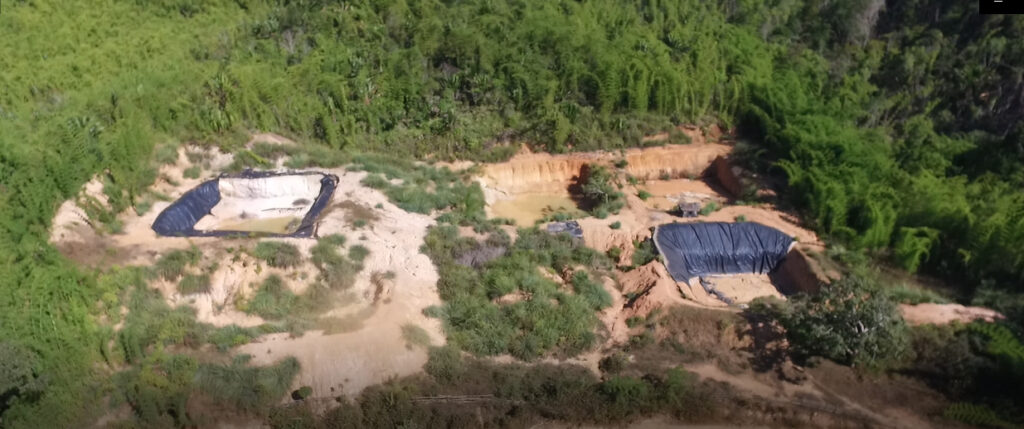
17. Tampakan Area Discoveries — Emerging coastal zone prospects associated with mineral sands.
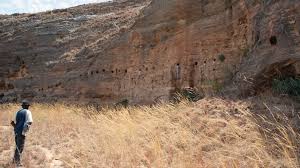
Mozambique
18. Moma Titanium & Minerals Zone — Heavy-mineral sands region with rare-earth-bearing monazite streams under evaluation.
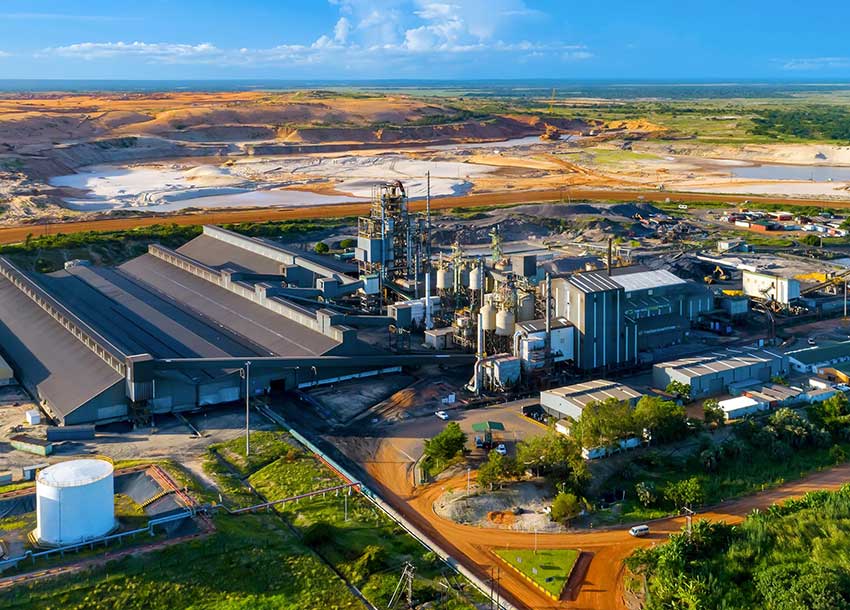
Namibia
19. Lofdal Heavy Rare Earth Project — One of the world’s top emerging heavy-rare-earth deposits, targeting dysprosium and terbium output.

20. Khan Uranium–REE Belt — Uranium-linked geology with meaningful REE signatures positioned for future extraction tech.
